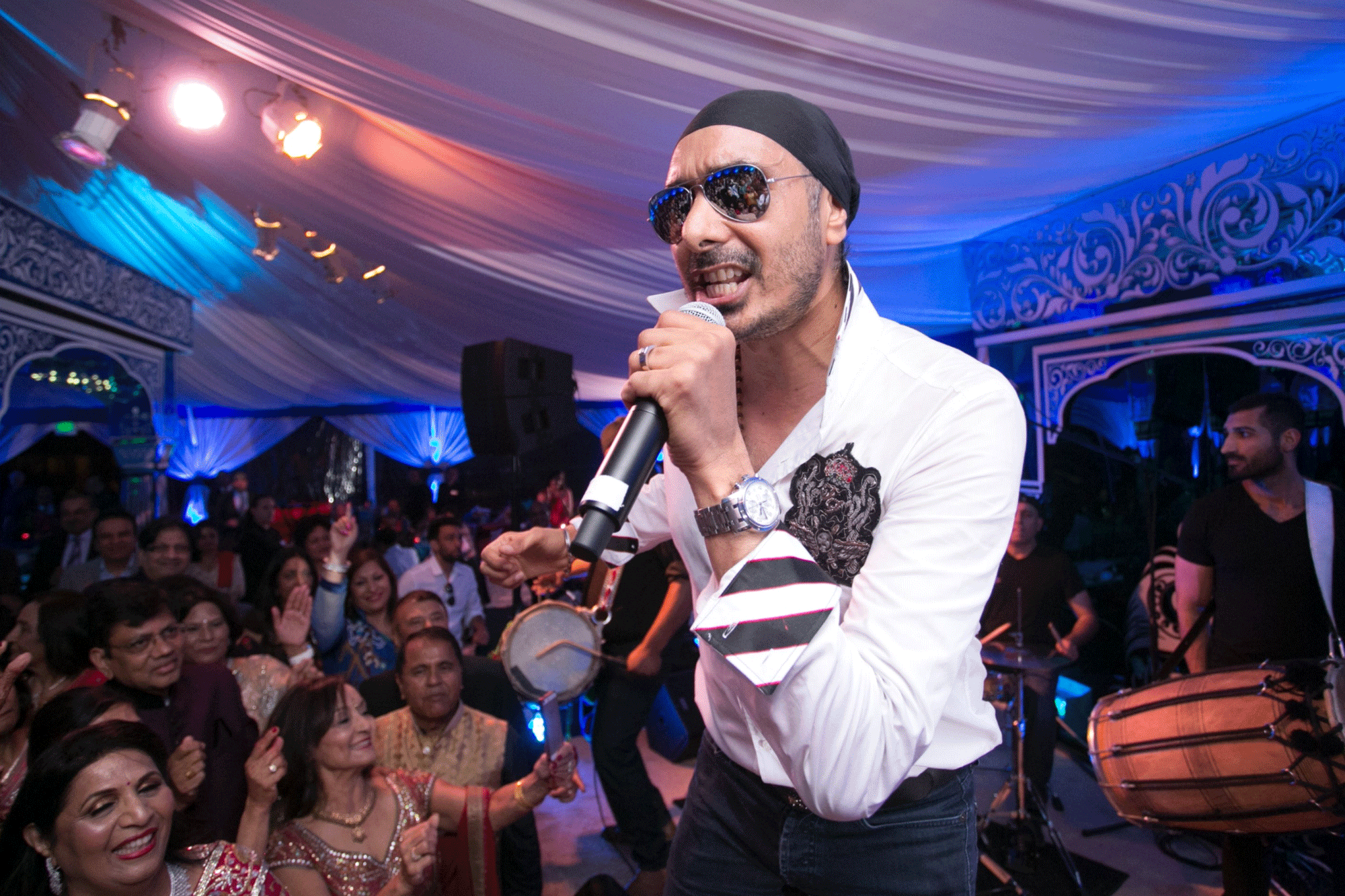-
Term:
Description:Term: Bounce Light Description: To bounce light is to reflect it from the source to the subject. It is an alternative to direct light and can be used with both flash and natural light. Light can be bounced using a reflector, white foam core, or even by environmental elements like snow, white walls, and light concrete. Bounced light is often used as fill, but can also be used as a key when bouncing from a flash to something reflective onto the subject. A common run-and-gun technique for scenarios like events is bouncing an on-camera flash from the ceiling as an alternative to direct flash.
Bounce Light
Indoor Scenes | Dance Floor: Shot with Bounce Flash

When ceilings in indoor venues are low enough and bright enough to use bounce flash, by all means, use it. Beware, however, that bounce flashed images can look boring if the moment captured is not exciting or full of subjects. This is because bounce flash creates super clean lighting, which is often bright enough to whitewash a scene; it is probably not be the way to go if you’re trying to capture a dramatic looking image.
Our approach to photographing receptions or events with bounce flash:
- Expose for ambient light
- Shutter speed set to 1/50-1/160
- Add flash
- Flash gel (to match dominant light)
- Bounce modifier (bowl, disc)
- Bounce back at angle
- Watch shutter speed
- Highlight alert is critical
Exposure goals for photographing receptions or events with bounce flash:
- Maximum dynamic range
- Bias: preserve shadows
- Temperature: 3200-4000K

Related Articles to Bounce Light Definition
How to Create Natural Light Portraits Indoors When There Is No Natural Light
Use this off-camera flash technique to create “natural light” portraits when the ambient light isn’t cutting it.
2 Ways To Light Details for Wedding Reception Photography
In this video, we’ll show you two easy ways to light details for wedding reception ballrooms.
5 Natural Light Techniques Before You Flash
In this video we’ll show you 5 natural light techniques that are guaranteed to level up your portrait photography!
7 Creative Off-Camera Flash Techniques For Wedding Photographers
See how 7 of our Award winning photographers created these incredible images during the wedding day!
Mark Seliger Shares His 3 Famous Lighting Set-ups | Used For Covers Of Rolling Stone, GQ, Vanity Fair, & Vogue
2 of these are genius in their simplicity.
10 Reasons Every Photographer Should Own A 5-in-1 Reflector & Our Recommendations
They’re cheap, portable, and possibly the most versatile piece of lighting equipment you’ll ever own; 5-in-1 reflectors will serve photographers…
How to Take Outdoor Natural Light Portraits
You do not need a vast arsenal of expensive lighting equipment to create striking portraits. In fact, the most powerful…
DIY Studio Tips | 5 Uses For Foam Board
The best method for producing great photography on a budget is finding accessories that can fulfill multiple tasks. The brand named…




Get Connected!